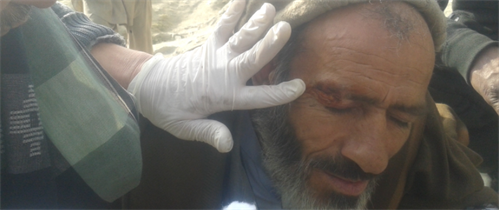From death row to harm reduction: The incredible struggle to bring hope to people who use drugs in Afghanistan
In Afghanistan, treatment programs generally prescribe “cold turkey” a miserable and sometimes dangerous experience for anyone seeking to kick opiates.
13 Dec 2016At a busy restaurant in central Kabul this past July, Abdur Raheem Rejaey, a man who formerly injected heroin, met with colleagues to discuss launching a peer educator training program to protect the health of people who use drugs. It was the culmination of an extraordinary personal journey, as well as evidence of new hope for everyone who uses drugs in Afghanistan.
The program would launch in fall 2016, he said. It would be delivered by Bridge Hope and Health Organization, an Afghan-led harm reduction initiative that Rejaey founded in 2015, with support from the National AIDS Control Program (NACP) of Afghanistan’s Ministry of Public Health. It relied on just $15,000 seed money provided by Madawa, another Afghan harm reduction organization, and funded by the Czech Republic.

As we left the restaurant, Rejaey, a tall and thoughtful man in his 50s, observed the staff busily serving an Iftar dinner crowd during Ramadan.
“They are all young,” he said. “What jobs will they have when older?”
Unemployment and under-employment is a major problem in Afghanistan, with 81 percent of workers employed in “vulnerable work,” such as low-paying service industry jobs. Those who can typically migrate to other countries in search of better-paid work to support relatives.
Click here to read the full article
If you have any comments please tweet us @idhdp or visit our facebook page
Doctors can lead the way to healthier drug policies – join IDHDP now
Share this on: